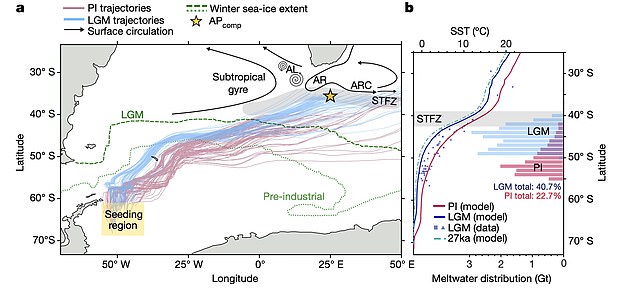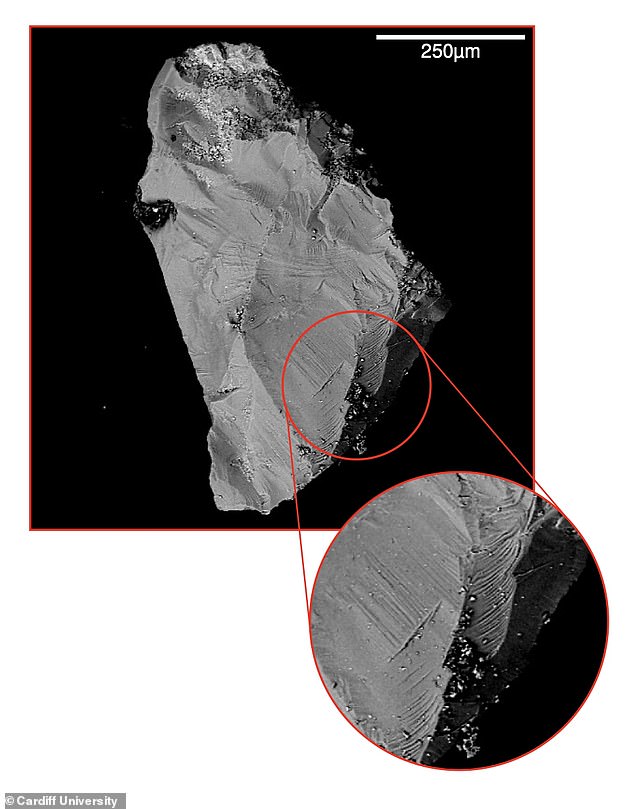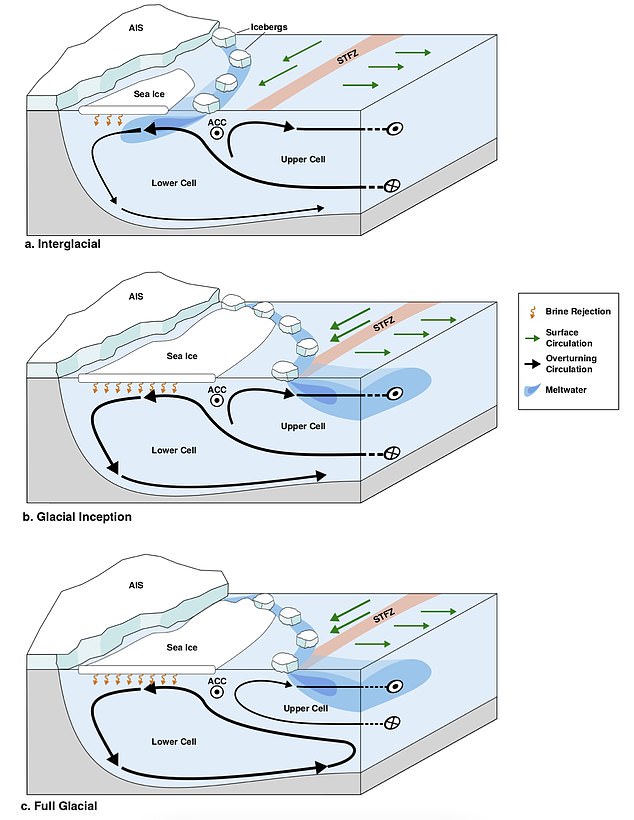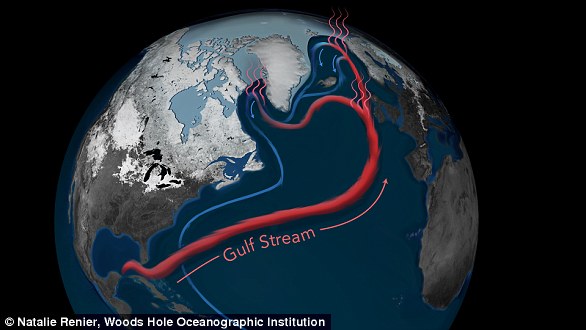The study found that the gradual melting of icebergs in Antarctica away from the frozen continent could be the driving force that plunges Earth into a new ice age.
Researchers from Cardiff University have reconstructed past climatic conditions and identified small fragments of Antarctic rocks that fell into the open ocean as part of a study designed to understand how ice ages begin.
Ice age cycles over the past 1.6 million years have followed periodic changes in the Earth’s orbit from the sun – changing the amount of solar radiation that reaches the surface.
However, prior to this study little was known about how changes in solar energy from small changes in orbit could significantly alter Earth’s climate.
They found that melting icebergs gradually transported fresh water from the south to the Atlantic Ocean by melting away from Antarctica – causing a change in ocean circulation and pushing the planet into a cold period – leading to an ice age.
The study authors warn that the impact of human-induced carbon dioxide emissions could make the Southern Ocean too warm for Antarctic icebergs to reach, putting an end to this 1.6-million-year cycle of ice ages from melting icebergs.
The study found that the gradual melting of icebergs in Antarctica away from the frozen continent could be the driving force that plunges Earth into a new ice age. Stock image

The team found that icebergs from Antarctica remain gradually insoluble northward during certain changes in Earth’s orbit from the sun – reducing solar energy coming to the surface.
In their study, the team suggested that when the Earth’s orbit around the sun is just right, icebergs in Antarctica begin to melt further and further away from Antarctica.
This results in massive amounts of fresh water being transported away from the Southern Ocean into the Atlantic Ocean.
As the Southern Ocean becomes saltier and the North Atlantic fresher, widespread ocean circulation patterns begin to change dramatically, pulling carbon dioxide out of the atmosphere and reducing the so-called greenhouse effect.
This in turn pushes Earth into ice age conditions, according to the team, which has reconstructed past climatic conditions including finding small bits of Antarctic rocks that fell into the open ocean by melting icebergs.
Rock fragments were obtained from sediments recovered by the International Ocean Discovery Program (IODP) representing 1.6 million years of history.
The study found that these sediments, known as ice debris, appeared to continually lead to changes in the circulation of the deep ocean, reconstructed from the chemistry of fine deep-sea fossils called foraminifera.

The team identified small fragments of Antarctic rocks that were deposited in the open ocean by melting icebergs to track changes in salt and fresh water over time.
The team also used new climate simulations to test their hypotheses, and found that huge amounts of fresh water can be moved by icebergs.
The study’s lead author, Aidan Starr, said they were astonished to discover that the link between melting icebergs and ocean circulation was present during the start of each ice age over the past 1.6 million years.
“It has been speculated on this pioneering role of the Southern Ocean and Antarctica in the global climate, but seeing it clearly in the geological evidence was very exciting,” he said.
Professor Ian Hall, co-author of the study and co-chief scientist on the IODP expedition, from Cardiff, said the findings provide a “ missing link ” in Ice Age history.

Icebergs travel from Antarctica to the Southern Ocean without melting and diverting fresh water from that ocean to the Atlantic, causing changes in ocean circulation and cooler periods
Over the past three million years, the Earth has regularly sunk in Ice Age conditions, but it currently falls into an interglacial period when temperatures are much warmer.
However, it may not happen again in the same way, due to the impact of human-induced emissions of carbon dioxide on global warming.
The researchers suggest that the natural rhythm of ice age cycles may be disrupted as the Southern Ocean will likely become so warm that Antarctic icebergs cannot travel far enough to bring about the changes in ocean circulation required to initiate the Ice Age.
Professor Hall believes the results can be used to understand how our climate will respond to anthropogenic climate change in the future.
“Likewise, we are also observing an increase in mass loss from Antarctica and iceberg activity in the Southern Ocean, as a result of the warming temperatures associated with current human greenhouse gas emissions,” Hall said.
“Our study emphasizes the importance of understanding the paths of icebergs and melting patterns in developing the strongest predictions of their future impact on ocean circulation and climate,” he said.
This was a prominent model in climate models, said Professor Grant Page, of the Department of Geography at the University of Sheffield, who helped simulate the iceberg model.
Its addition was essential “to identify and support the hypothesis of frozen debris with ice for effects of Antarctic meltwater leading to the emergence of the ice cycle”.
The results have been published in the journal nature.

“Reisliefhebber. Onruststoker. Popcultuurfanaat. Kan niet typen met bokshandschoenen aan.”
